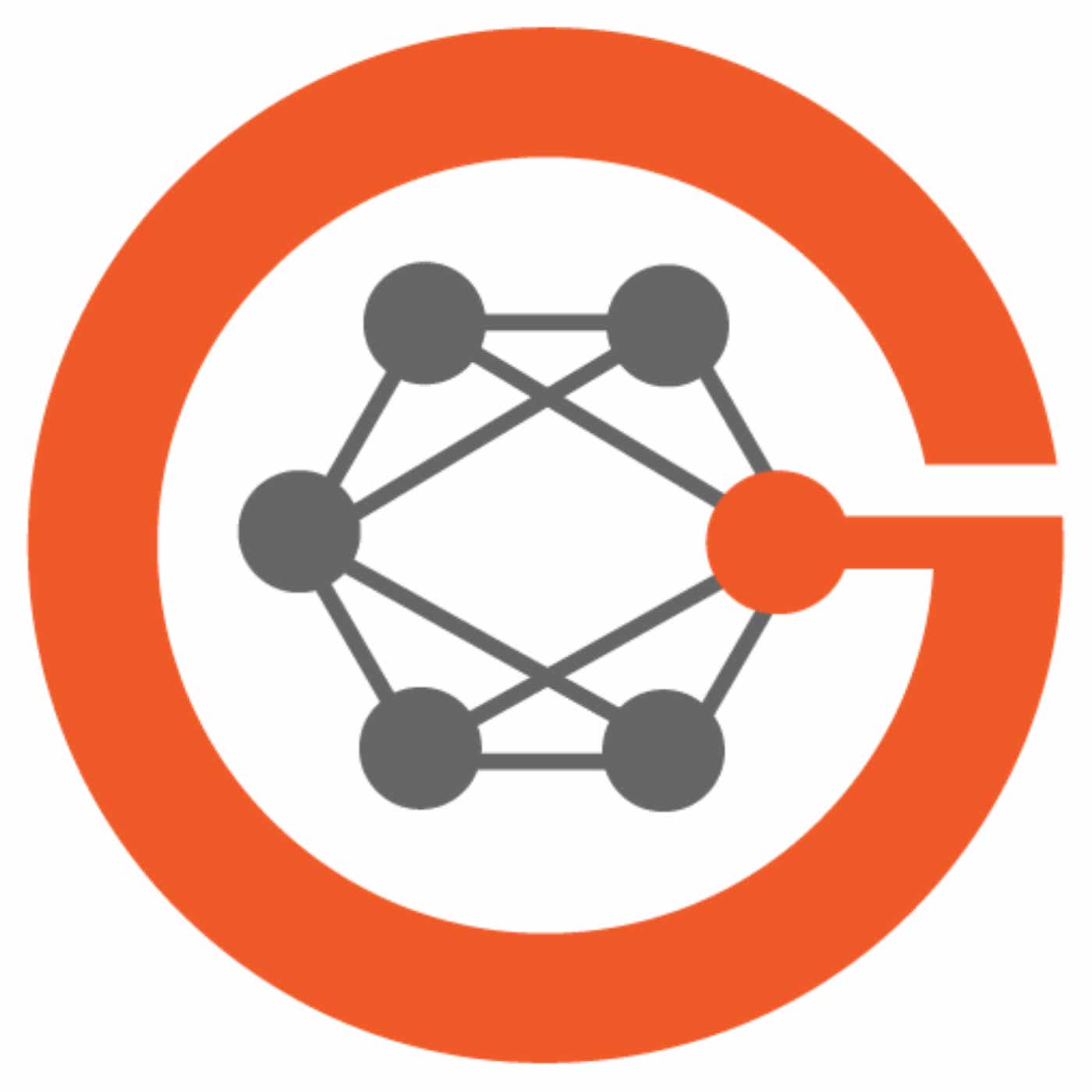

Ground Truths
Eric Topol
Facts, data, and analytics about biomedical matters. erictopol.substack.com
Episodes
Mentioned books

26 snips
Mar 18, 2025 • 44min
Steve Quake and Charlotte Bunne: The Holy Grail of Biology
In this engaging discussion, Steve Quake, a Stanford professor and head of science at the Chan Zuckerberg Initiative, teams up with Charlotte Bunne, an AI expert from EPFL. They dive into the revolutionary idea of creating a virtual cell using AI, likening it to a moonshot for biology. Topics include the balance of computational and experimental biology, advances in spatial proteomics, and the ethical concerns surrounding data integration. They explore how these innovations could redefine personalized medicine and enhance our understanding of cellular dynamics.

Mar 14, 2025 • 27min
Katelyn Jetelina: Public health in the US
Thank you Katelyn Jetelina, Andy Meyers, Tracy Paeschke, MD, FACC, Bruce Lanphear, Tay MacIntyre, and many others for tuning into my live video with Katelyn Jetelina! Join me for my next live video in the app. Get full access to Ground Truths at erictopol.substack.com/subscribe

13 snips
Mar 9, 2025 • 49min
Anna Greka: Molecular Sleuthing for Rare Diseases
In a riveting discussion, Dr. Anna Greka, a physician-scientist at the Broad Institute and president of the American Society for Clinical Investigation, dives deep into her vital work on rare kidney diseases. She shares insights on unraveling genetic mutations and the role of misfolded proteins in health. Highlighting the power of interdisciplinary collaboration, she emphasizes how AI and genome editing can revolutionize biomedical research. Anna also reflects on her journey from Greece to nephrology, showcasing the importance of passion in scientific discovery.

Feb 28, 2025 • 54min
Carl Zimmer: Air-Borne and the Big Miss With Covid
Carl Zimmer, a distinguished science journalist and author of 14 books, dives into the intricacies of airborne diseases in his latest book, 'Air-Borne'. He discusses the historical roots of disease transmission, highlighting the significant Skagit Valley Choir outbreak that redefined our understanding of COVID-19 spread. Zimmer uncovers the innovative origins of N95 masks, reveals the complexities surrounding airborne transmission, and emphasizes the importance of air quality and ventilation for public health. His insights challenge prevailing misconceptions and advocate for better safety measures.

Feb 9, 2025 • 47min
Emily Silverman: Storytelling, Uncertainty, and Humanity in Medicine
Emily Silverman, an internist and the founder of The Nocturnists, shares her journey blending medicine with storytelling. She highlights how storytelling enhances empathy and connection in healthcare. The discussion explores the importance of recognizing uncertainty in medicine and its impact on patient care. Silverman also addresses challenges like burnout and the limitations of AI in replacing human experience, advocating for a more humane approach in a tech-driven world.

10 snips
Jan 4, 2025 • 47min
Lotte Bjerre Knudsen: The Scientist Who Drove GLP-1 Drugs For Obesity and Alzheimer's
Lotte Bjerre Knudsen, Chief Scientific Advisor at Novo Nordisk, is a trailblazer in GLP-1 drug development for obesity and Alzheimer's. She shares her journey from enzyme research to impactful innovations. The discussion dives into the surprising link between GLP-1 drugs and weight loss in Type 2 diabetes patients. Lotte also highlights the future of these treatments in tackling neurodegenerative diseases. Additionally, she addresses the challenges faced by women in science and the need for collaboration and equality in research.

Dec 29, 2024 • 40min
Ardem Patapoutian: The Pervasive PIEZO Channels
Ardem Patapoutian, a 2021 Nobel Laureate in Physiology or Medicine, shares his inspiring journey from delivering pizzas to groundbreaking discoveries in somatosensory neurons. He discusses the explosive impact of his findings on Piezo touch and pressure-sensing ion channels across physiology. Ardem reflects on the importance of immigrant contributions to science and navigates the challenges of newfound recognition while staying committed to research. With a dash of humor, he shares a unique tattoo linked to his discoveries, showcasing the personal side of scientific achievement.

26 snips
Dec 20, 2024 • 38min
Mark Cuban: A Master Disrupter for American Healthcare
Mark Cuban, the entrepreneur and owner of the Dallas Mavericks, discusses his innovative initiative, Cost Plus Drugs, that aims to revolutionize American healthcare. He takes on the opaque dynamics created by pharmacy benefit managers and promotes transparency in drug pricing. Cuban also shares insights on eliminating the need for insurance intermediaries through initiatives like Cost Plus Wellness. The conversation touches on empowering patients with their medical data, advocating for systemic reforms, and exploring the potential of AI in healthcare management.

33 snips
Nov 30, 2024 • 48min
Kevin Hall: What Should We Eat?
Dr. Kevin Hall, a Senior Investigator at the NIH, dives into the nuances of nutrition research. He reveals the alarming effects of ultra-processed foods on weight gain and health. Kevin discusses a two-week study comparing diets that shows how these foods contribute to overeating and obesity. He also examines the connection between diet and the gut microbiome, shedding light on personalized dietary strategies. Plus, he highlights resistance exercise and continuous glucose monitoring, emphasizing the importance of tailored health approaches.

Nov 16, 2024 • 35min
The Glaucomfleckens: The Best in Medical Comedy
Will Flanary, known as Dr. Glaucomflecken, is both an ophthalmologist and comedian who entertains millions with his medical humor. Joined by his wife Kristin, they dive into the hilarious yet poignant blend of comedy and medicine. They share how the pandemic influenced their comedic styles and reflect on the importance of resilience during medical crises. The couple also discusses their live performances, emphasizing how humor can transform complex medical topics into accessible discussions, fostering connection in challenging times.


